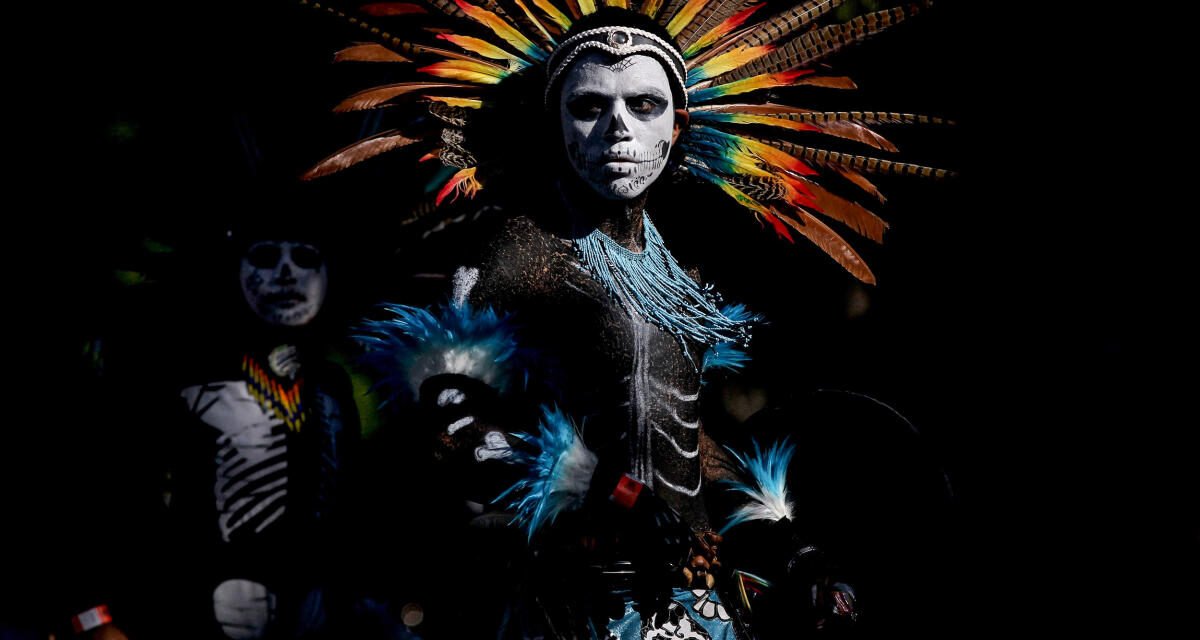José García López was sweating profusely as he stirred a cauldron of boiling oil in which dozens of potatoes were swimming, though his mind, he said, was on something else. “When I’m done I’m going to buy the paper and candles that I need; I can’t let my grandparents down,” he said Friday afternoon, referring to the decorations he’s going to make to honor his deceased relatives, as he spoke on the sidewalk of the Panteón Francés de la Piedad, an old cemetery in Mexico City.
The idea is magical and powerful: celebrating the dead for a few days while their souls return to Earth to share with the living. Nov. 1 honors deceased children and Nov. 2 focuses on adults.
Both public places and homes are filled with altars or offerings to commemorate loved ones with their favorite things, and decorations include cempasúchil flowers (marigolds), paper cut-outs, candles, salt, water, chocolate, sugar skulls, pan de muerto (bread of the dead) and the favorite foods and liquor of the deceased.
“It is a purely Catholic tradition that the Spaniards bring to Mexico and merges with the entire worldview or form of Mesoamerican thought. It is a festival that gives us belonging and unites us,” Martínez said.





